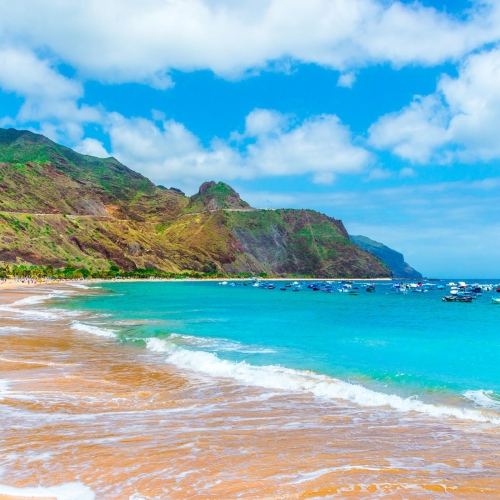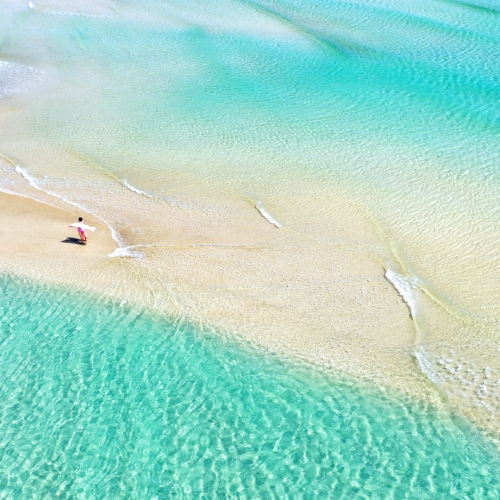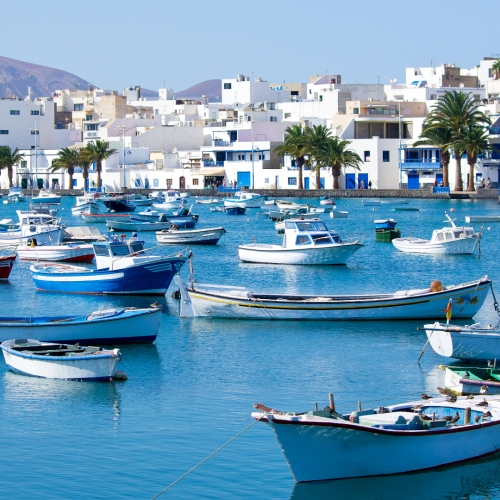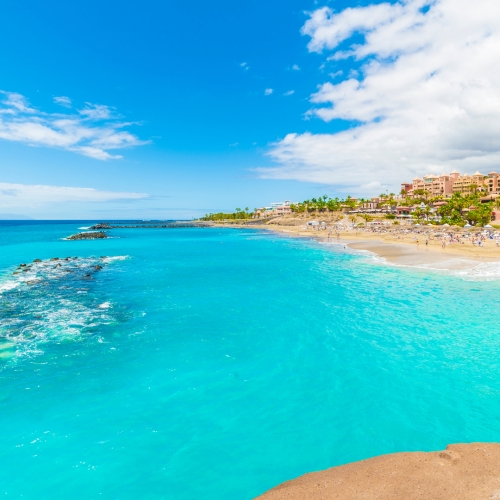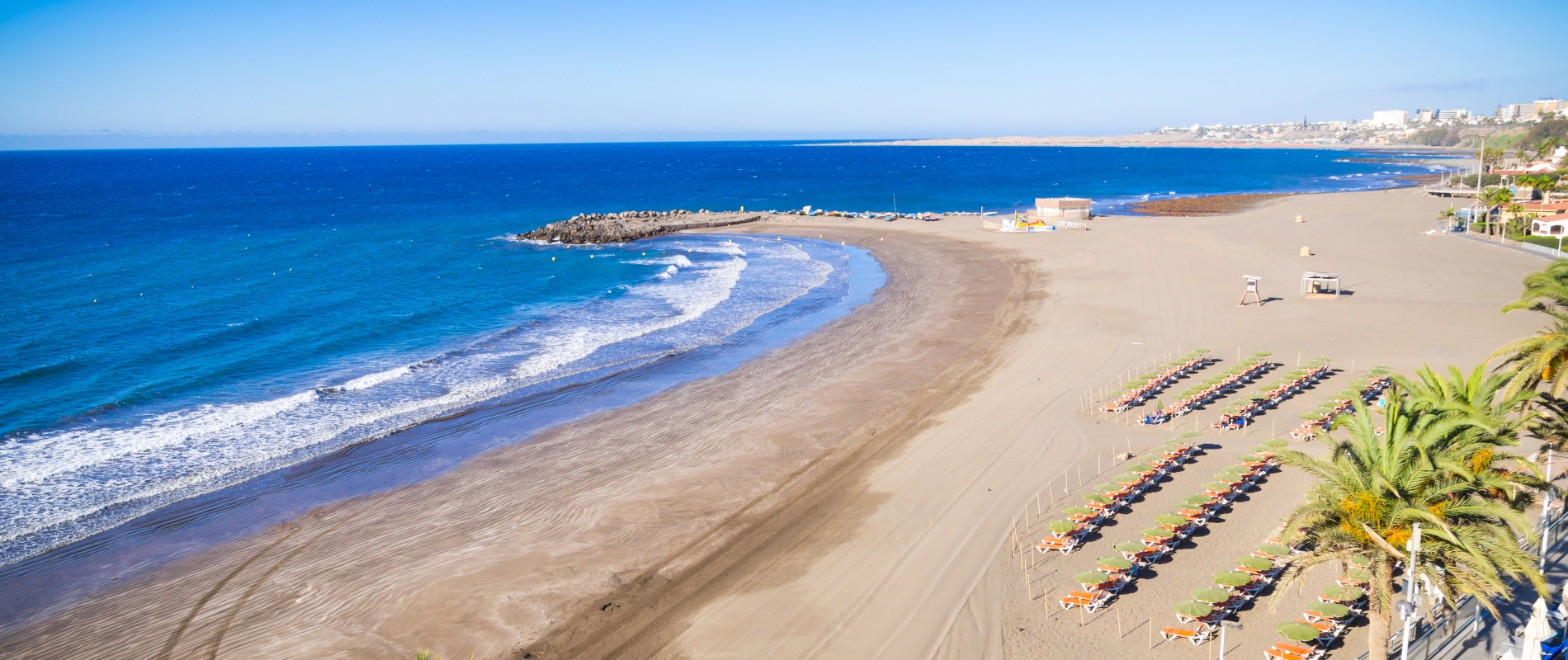
Welcome to Gran Canaria
Gran Canaria is the third-largest of Spain’s Canary Islands, located in the Atlantic Ocean off the northwest coast of Africa. Known as a “miniature continent” for its diverse landscapes — golden beaches, dramatic mountains, lush valleys, and desert-like dunes — it is a year-round destination for both relaxation and adventure.
Overview & History
- Inhabited by the indigenous Canarii people before Spanish conquest in the 15th century.
- Las Palmas de Gran Canaria founded in 1478; became a key stop for transatlantic trade.
- Today a major tourist hub while preserving natural parks and cultural traditions.
Main Attractions
- Las Palmas de Gran Canaria – vibrant capital with historic Vegueta quarter and city beaches.
- Maspalomas Dunes – vast golden sand dunes and nature reserve.
- Roque Nublo – iconic volcanic rock formation offering panoramic island views.
- Puerto de Mogán – charming fishing village known as “Little Venice.”
- Teror – picturesque inland town famous for its basilica and traditional houses.
Outdoor & Nature
- Hiking trails in the mountainous interior, including Pico de las Nieves.
- Windsurfing and kitesurfing in Pozo Izquierdo.
- Whale and dolphin watching tours along the southwest coast.
Markets & Local Cuisine
- Weekly markets in Teror and San Mateo.
- Specialties include papas arrugadas with mojo sauce, fresh seafood, and local cheeses.
Festivals & Culture
- Carnival of Las Palmas (February/March) – one of Spain’s most spectacular carnivals.
- Local romerías (pilgrimages) and traditional folk music events throughout the year.
Getting There & Location
- Gran Canaria Airport (LPA) has direct flights from major European cities.
- Ferry connections to other Canary Islands and mainland Spain.
Travel Tips
- Best time to visit: year-round, with mild winters and warm summers.
- Rent a car to explore beyond the resort areas.
Final Thoughts
Gran Canaria offers a perfect balance of beach relaxation, nature adventures, and cultural discovery — all within a single island.
